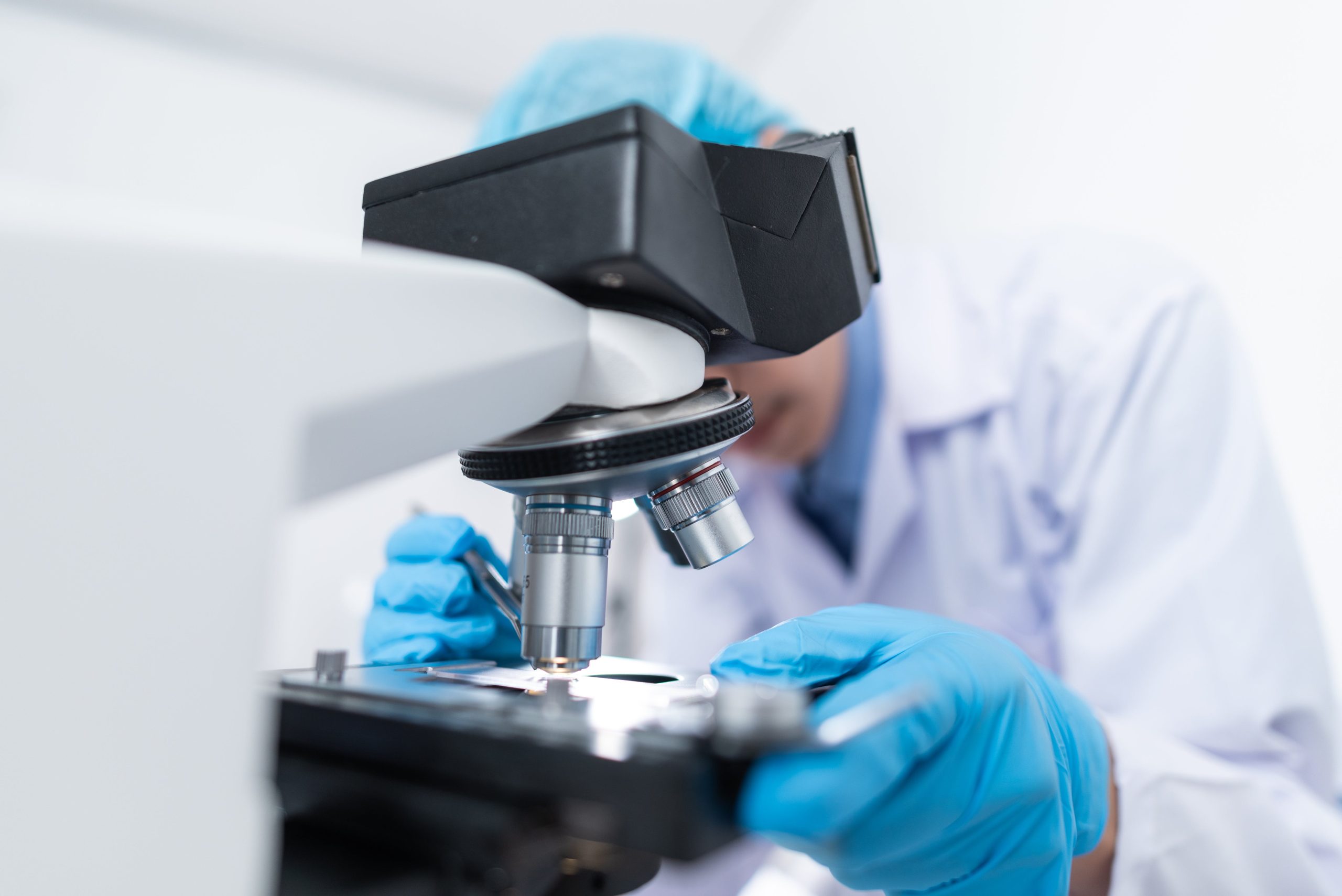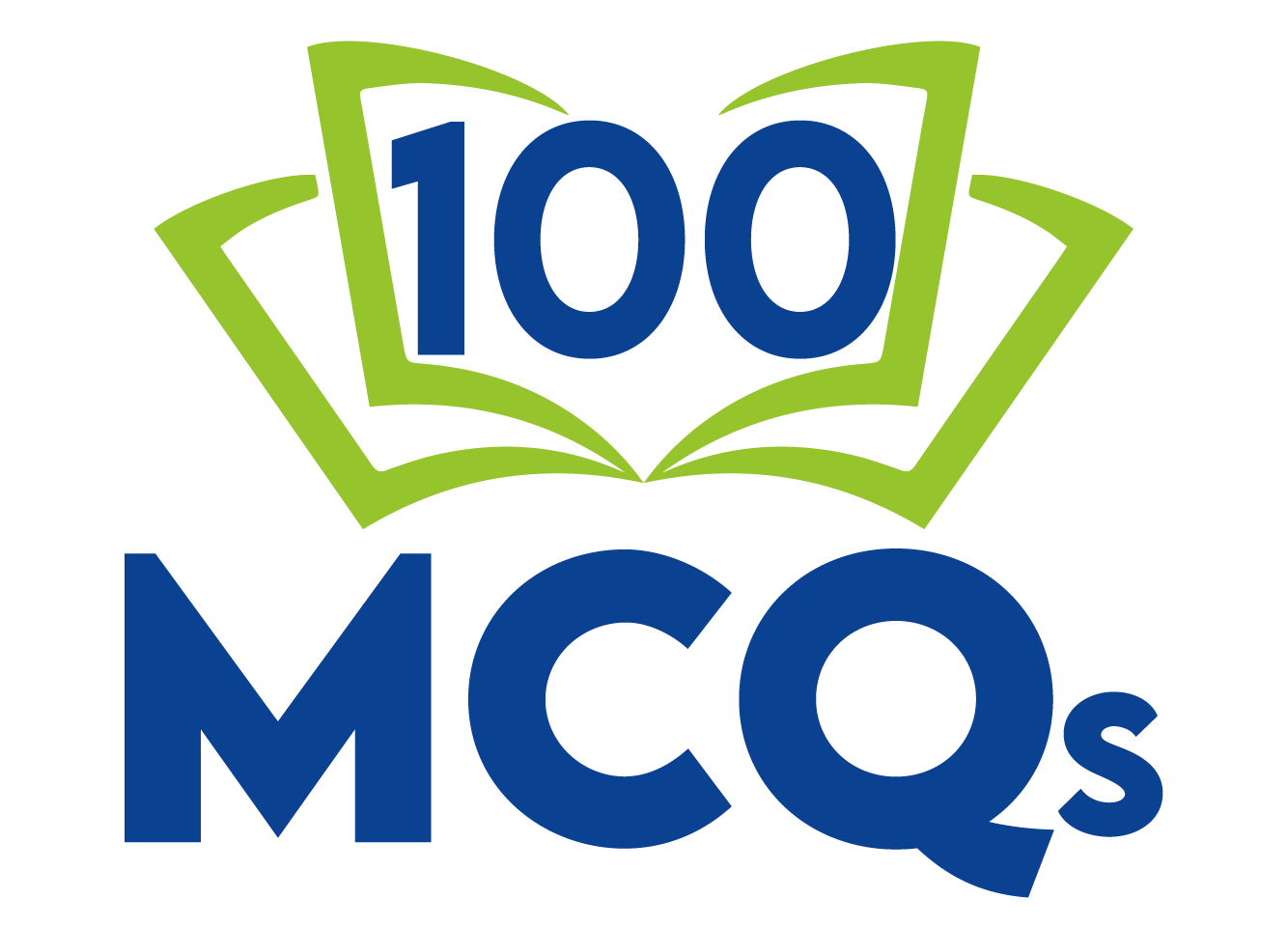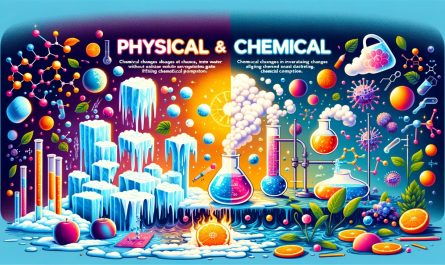
welcome to our website 100mcqs.com, Unlock the secrets of atomic structure with our curated set in Chapter 6: Structure of an Atom Class 7 MCQS
Unravel the mysteries of the atom as you navigate through key concepts and principles .Chapter 6: Structure of an Atom Our well constructed multiple-choice questions (MCQs) in Chapter 6: Structure of an Atom cover a wide range of subjects, from the evolution of atomic models historically to the complexities of subatomic particles. Chapter 6: Structure of an Atom Class 7 MCQS Our website is your go-to resource whether you’re a student trying to solidify your grasp or an enthusiast keen to explore the fundamentals of the subject. Entire Chapter 6 is Covered: Our multiple-choice questions cover every aspect of Chapter 6: Structure of an Atom Class 7 MCQS, guaranteeing a deep dive into the atomic structure.
Conceptual Clarity: Each question is meant to push you to go deeper into the subject matter by both testing and reinforcing your comprehension of key ideas. Easy Navigation: Our website is designed to be user-friendly, allowing you to study effectively and enjoyably. Quick Feedback: You may monitor your progress and pinpoint areas for development by getting quick feedback on your responses. Set out on an exploration voyage with 100 MCQs. Atomic Structure, Chapter 6. Test your understanding, expand your knowledge, and develop a deep respect for the microscopic world that is the basis of chemistry. Utilizing our carefully crafted multiple-choice questions (MCQs), which cover the historical development of atomic models, the characteristics of subatomic.
Chapter 6: Structure of an Atom Class 7 MCQS
Structure of an Atom ( PART 1 )

